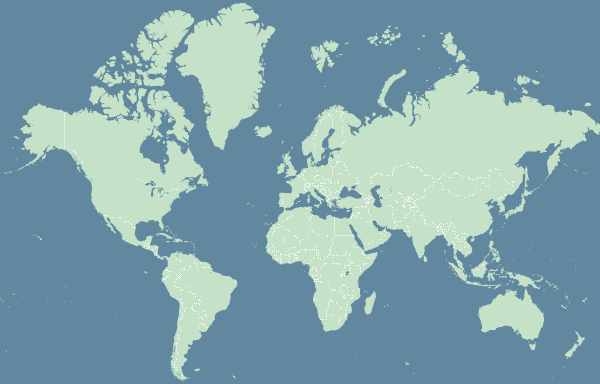Mergui Archipelago
A lost world rediscovered
BY JOE YOGERST
If you've never heard of the Mergui Archipelago, you're not alone. This cluster of 800 islands floating in the northeast corner of the Indian Ocean has been off-limits, off the grid and nearly off the map since shortly after World War II. And so have its empty and unspoiled beaches.
Once a far-flung part of the British Empire, the Mergui islands became part of independent Burma in 1984 and one of the hotbeds of a 63-year civil war. Only in the past few years, as the conflict petered out and the Myanmar government engineered its own brand of glasnost, have many of the islands and their beaches revealed themselves again to the outside world.
Some of the best strands are on 115 Island, Kyun Pila (Great Swinton Island), Kha Yin Gwa (Macleod Island), Jar Lann Kyun (Lord Loughborough), and large, hooked-shaped Lampi Island. The latter is the centerpiece of a marine national park the Myanmar government is running with help from an Italian environmental group called Istituto Oikos.
Other than a few Moken (Sea gypsy) villages, the islands are largely devoid of humans and home instead to a wide variety of wildlife. In addition to marine life in the offshore waters, the beaches are frequented by crab-eating monkeys (long-tailed macaques), majestic Brahminy kites, water monitor lizards, hornbills and even small-clawed otters.
Given the lack of permanent tourism infrastructure, the best way to languish on these beaches are hopping aboard the rare adventure cruise that makes its way through the archipelago or signing up for a guided sailing trip or bareboat charter.
Several outfitters are based in Kawthaung, the southernmost city on the Myanmar mainland. Both Island Safari Mergui and Burma Boating offer multi-day island safaris on live-aboard boats.
Did you know?
The indigenous, seafaring Moken people say the Mergui Archipelago was detached from Myanmar after a legendary flood.









